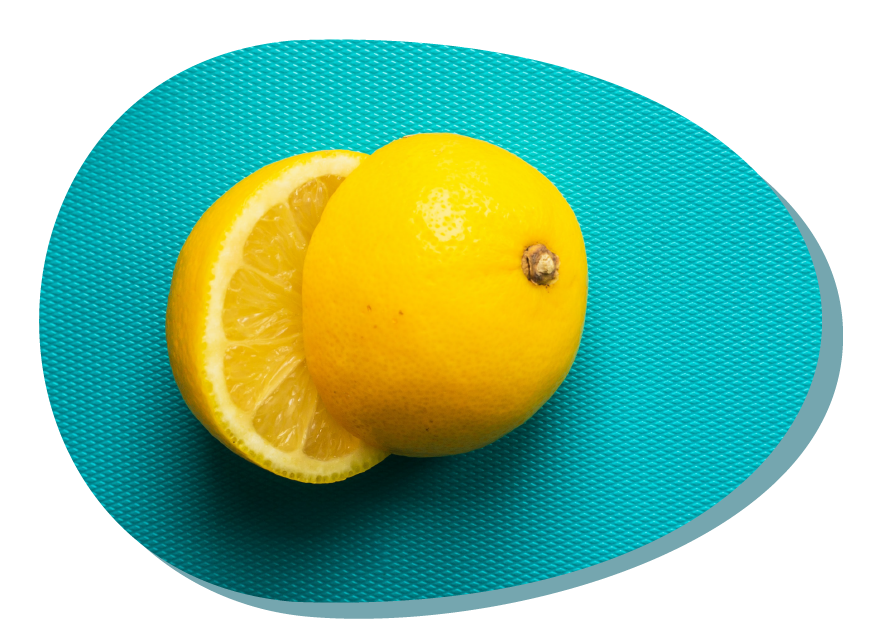A sparkling lemon
Type of resource: website, you tube
Web address https://www.bimbicreativi.it/lesperimento-del-limone/https://www.youtube.com/watch?v=ODhhCRAMhVg&t=5s
Language: EN
Description
Formulating possible combinations of ingredients to see if they give rise to reactions
Scientific concept introduced
reaction, carbon dioxide, citric acid, bicarbonate, food colouring
Creative and critical thinking
Critical thinking:
– Analysis
– Observation
Creative thinking:
– Curiosity
Mathematical reasoning
Misuration
Scientific thinking
– Observing
– Asking questions
– Formulating hypotheses
– Analysing data
– Coming to conclusions
– Identifying phenomena, similarities and differences “
Learning how to learn
– To be able to list what is needed to reproduce the experiment illustrated by the teacher
– To ask oneself whether the same reaction can also take place with other ingredients and create the various combinations, to explain why this does not happen
– To identify the value of this experiment in everyday life
Additional
– Exchanging information
– Sharing opinions
– Knowing, observing and respecting the rules and participating in the construction of the rules
– Collaborating in a group and respecting everyone’s time “.
A sparkling lemon
Overall aims
maintain sustained attention during the execution of the experiment
hypothesise the results
formulating possible combinations of ingredients to see if they give rise to reactions
carry out the chemical reaction between citric acid and bicarbonate
remember the ingredients that gave rise to the reaction
Vocabulary – keywords should be understood
reaction, carbon dioxide, citric acid, bicarbonate, food colouring
Expected learning outcomes (operational aims)
the child/student will be able to:
– Reproducing the experiment carried out by the teacher
– Tell what happens during the chemical reaction between citric acid and bicarbonate.
– Explain why the lemon ‘fizzes’
the child/student will have exercised:
– Sustained attention
– Executive attention
– Active listening
– Metacognitive thinking
STEM skills – to which the learning unit is related to
CORE STEM SKILLS
Asking questions
Analysis
Drawing evidence-based conclusions
Reproducing the experiment
Evaluating the results of the experiment
ADDITIONAL SKILLS
Listening
Understanding
Cooperative work
Listening to the advice of others
Teaching methodologies/activity outline
Introduction:
The teacher will reproduce the experiment with the sparkling lemon in front of the children. During the performance, she will pause to allow the children to memorise the necessary tools and ingredients, to let them imagine the outcome of the experiment, and above all to reflect together at a metacognitive level. Afterwards, the children will reproduce the experiment in small groups, in order to directly experience what happens.
Activities:
After explaining the experiment to the pupils, the teacher gives them all the materials needed to carry out the experiment and guides them through the activity.
Materials:
chopping board
knife
two lemons
container
wooden stick
juicer
bicarbonate
food colouring
dish soap
Instructions:
take lemon and cut off the top;
Place the lemon in a container so that it lies straight and with the cut side up;
pour in a few drops of food colouring;
add a little dishwashing liquid;
put bicarbonate of soda over the opening;
Take the second lemon, cut it in half and squeeze it;
Now give the child a wooden stick and have him or her move it up and down inside the first lemon. The lemon will start to fizz due to the effect of the contact between citric acid and bicarbonate of soda;
for a greater scenic effect, pour in a little lemon juice
Conclusions:
At the end of the activity the children will have directly experienced that only the meeting of certain ingredients (reagents) gives rise to a reaction
Assessment of learning
It is implemented through observation of the activity by the teacher who assesses pupils’ commitment and participation.
Equipment and materials to be used in learning unit (tools, ingredients etc)
chopping board
knife
two lemons
container
wooden stick
juicer
bicarbonate
food colouring
dish soap
Kind of setting
Section classroom, science laboratory
References – source
L’ESPERIMENTO DEL LIMONE
Photo by Louis Hansel on Unsplash
A sparkling lemon
1. Usefulness for STEM education – integrating content of different disciplines
Cross-curricular character of the resource

The range of S-T-E-M subjects included

The presentation of possibilities of including artistic activities (STEAM approach)

2. Expected learning outcomes
Consistency (links) with preschool core curriculum

Communicativeness of description

3. Methodology of teaching
Clarity, communicativeness of instructions for teachers

Meaningful learning – using practical life problems

Original idea

The level of ease in implementing the methodology to preschool age children

The level of ease in preparing necessary ingredients, materials and equipment needed

4. Sustainability
Ecological characteristics of materials/ results

Supporting healthy eating habits

Low ecological footprint

Possibilities of inclusion (respecting cultural diversity and food intolerances)

5. Class management
Using differentiated forms of work – individual, team work etc.

Individual work

Team work

Whole group
6. Time management

Short activity (10-15 minutes)

Medium activity (20-30 minutes)

Long activity (1 hour or more)

Very long activity (1 day or more)
PDF: https://www.printfriendly.com/p/g/L8DsAN

